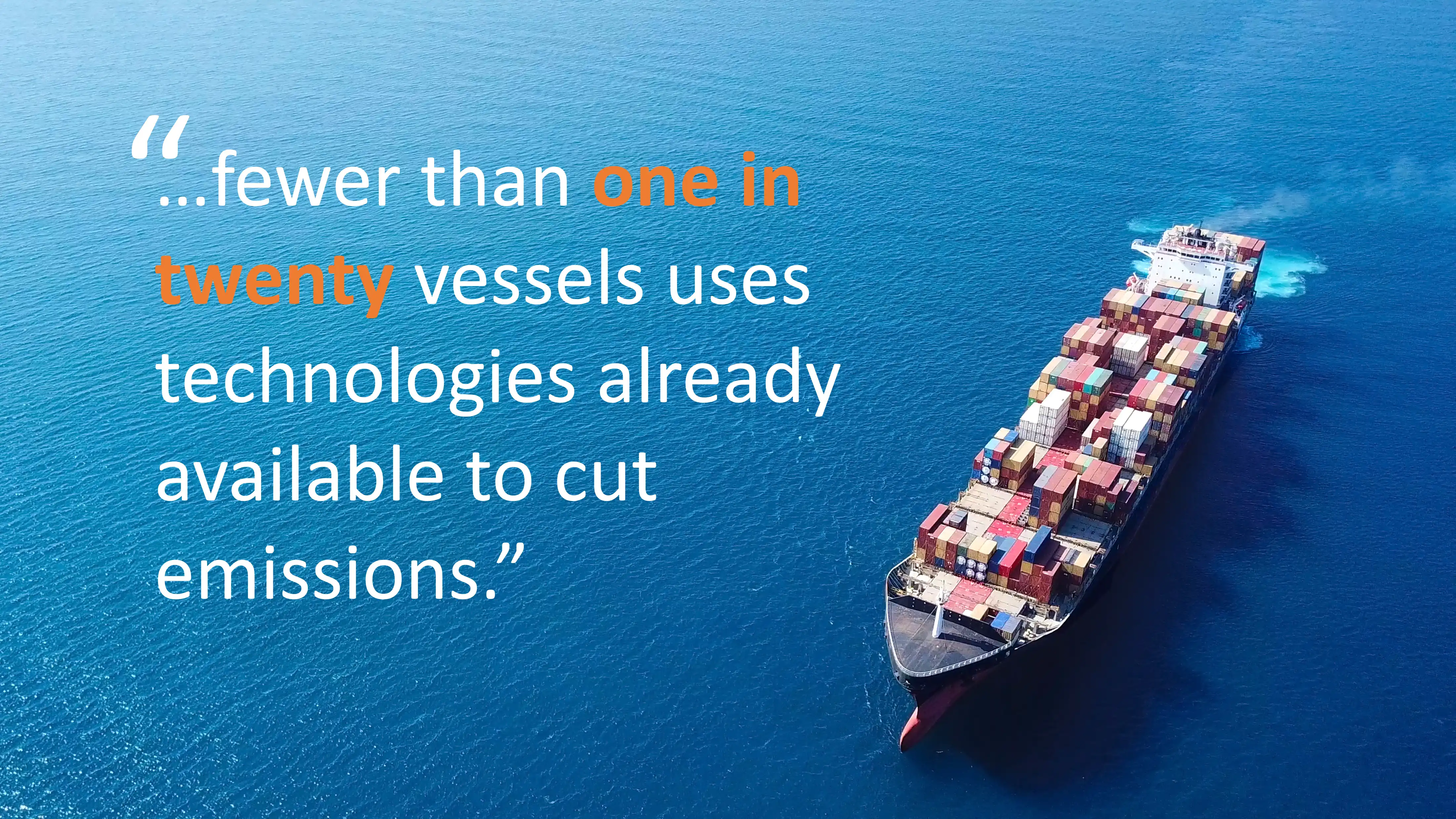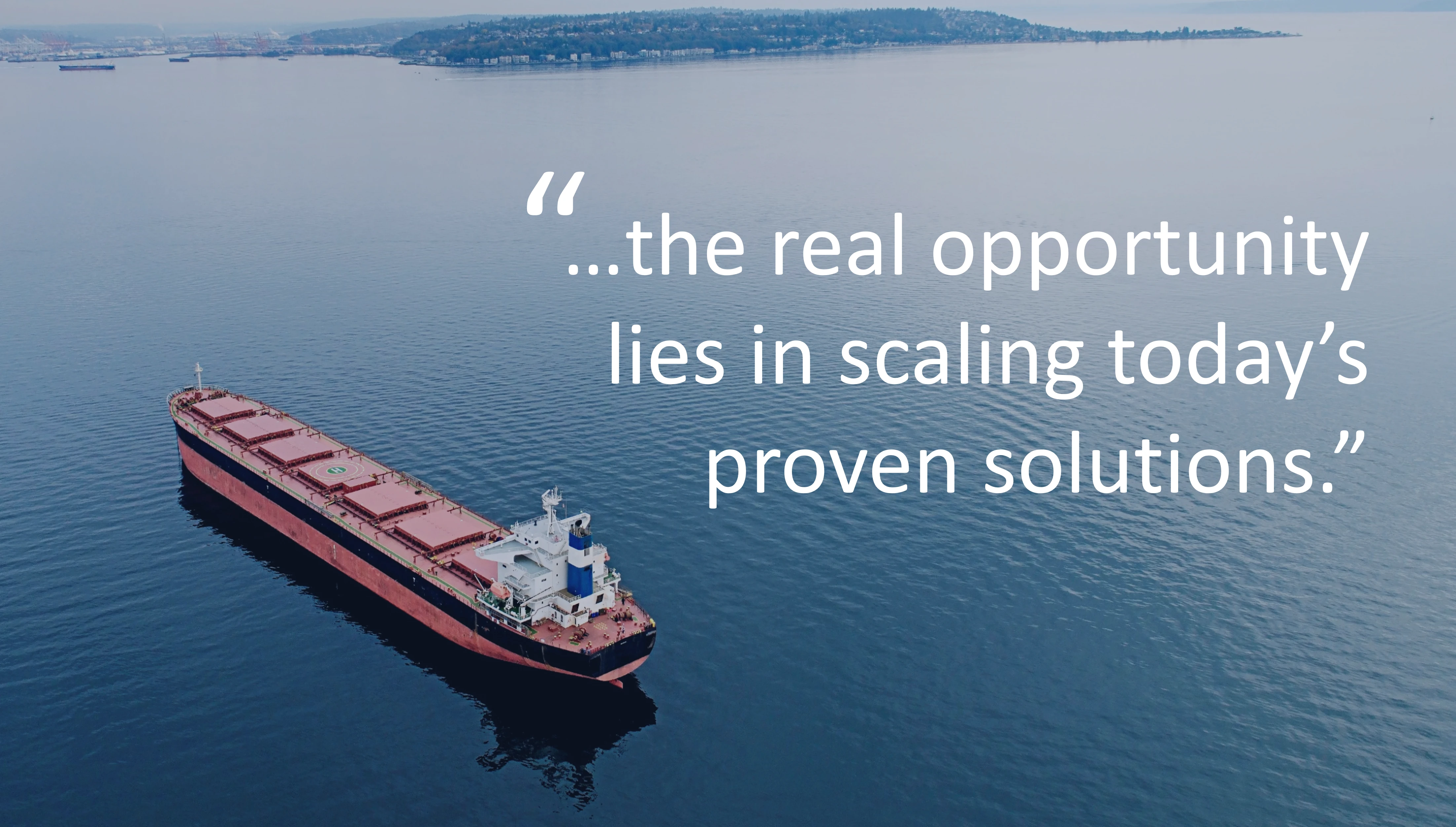A value-chain perspective on climate action
What is a tonne of fuel worth to you? What is a tonne of CO₂ worth? These aren’t abstract questions. They are the conversations we have with customers every day – because, in the end, sustainability only sticks when it creates clear operational and financial value.By Sofia Mavropoulou, Head of Sustainability at Hempel
1 https://www.iea.org/commentaries/how-the-shipping-sector-could-save-on-energy-costs
Scalable solutions are here - let’s use them
Take hull performance. Hempel has been developing hull coatings for more than a century. Over the last 50 years, silicone-based solutions have transformed performance by preventing fouling and reducing drag. That transformation did not happen overnight. It took thousands of lab tests, countless sea trials and, most importantly, close collaboration with customers willing to measure, learn and iterate with us.
The result? Our most advanced marine coating has now been applied more than 5,000 times and can deliver up to 21% fuel savings compared with standard coatings, thereby cutting costs and emissions in a single move. This is not a pilot; it’s proven, scalable practice.
Essentially, collaboration made the difference. Working with leading shipowners and operators, we co-developed and tested technologies before market introduction, closed performance gaps, optimised application processes and adapted to evolving operational realities. Together, we didn’t just meet the standard - we raised it. That is a blueprint the wider industry can adopt and scale.
Taking on the future together
Aligning technical approaches, coordinating complex schedules and committing to rigorous trials are essential to enabling smooth adoption. Why does this matter? Because delivering fuel, cost and CO₂ savings from the very first voyage is not incremental improvement - it is a true step-change for shipping, for sustainability and for the energy transition.
The adoption case
At Hempel, change starts with dialogue. When cargo owners make bold commitments, it sends a clear signal across the value chain: greener transport isn’t optional; it’s expected. Our role is to provide proven, verifiable solutions, ensuring that impact is measured in ways our customers can trust. By bringing cargo owners, shipowners and technology providers together, we can create the transparency that makes efficiency gains count: technically, commercially and reputationally. That recognition is what accelerates adoption. It’s what turns innovation into transformation.


In other words: let’s scale what already works, while we build what comes next. That is how we reduce emissions faster, strengthen competitiveness and create lasting value - for customers, for industry and for the environment.
